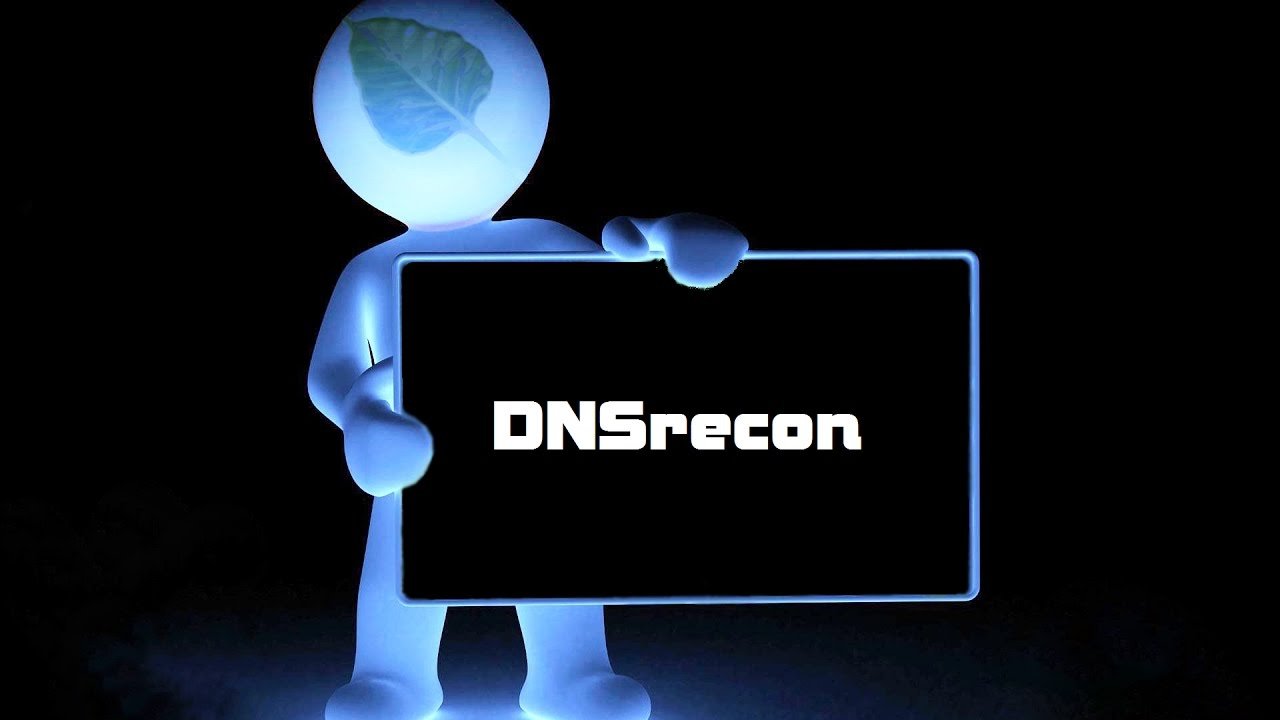DNSRecon Cheat Sheet: Unveiling DNS Secrets
DNSRecon is a powerful DNS reconnaissance tool that enables security professionals to gather valuable information about domain names, DNS servers, and associated infrastructure. From discovering subdomains to identifying DNS misconfigurations, this cheat sheet provides a comprehensive guide to DNSRecon commands and techniques for effective reconnaissance.
1. Basic DNS Reconnaissance:
- Perform Basic Enumeration:
dnsrecon -d <domain>- Enumerate Subdomains:
dnsrecon -d <domain> -t brt- Query DNS Records:
dnsrecon -d <domain> -t std2. Advanced DNS Enumeration:
- Brute Force Subdomains:
dnsrecon -d <domain> -t brt -D <wordlist>- Perform Reverse DNS Lookup:
dnsrecon -r <CIDR>- Discover DNSSEC Information:
dnsrecon -d <domain> -t dnssec3. DNS Zone Transfer Enumeration:
- Attempt Zone Transfer:
dnsrecon -d <domain> -t axfr4. DNS Brute Force Techniques:
- Brute Force Subdomains (Wordlist):
dnsrecon -d <domain> -t brt -D <wordlist>- Brute Force Subdomains (Alphanumeric):
dnsrecon -d <domain> -t brt -a5. Additional DNSRecon Options:
- Specify DNS Server:
dnsrecon -d <domain> -n <nameserver>- Set Timeout for Queries:
dnsrecon -d <domain> -t <timeout>- Suppress Output (Quiet Mode):
dnsrecon -d <domain> -q6. DNSRecon Output Formats:
- Standard Output (Console):
dnsrecon -d <domain>- JSON Output:
dnsrecon -d <domain> -j <output_file.json>- CSV Output:
dnsrecon -d <domain> -c <output_file.csv>7. DNSRecon Best Practices:
- Targeted Enumeration: Focus on specific DNS record types and subdomains relevant to the assessment objectives.
- Use Wordlists Wisely: Choose wordlists carefully for subdomain brute forcing to maximize coverage without overwhelming the target.
- Combine Techniques: Combine DNSRecon with other DNS reconnaissance tools for comprehensive information gathering.
- Verify Findings: Validate DNS reconnaissance findings with additional techniques such as manual verification and correlation with other sources.
8. Online Resources:
- Official Documentation: Refer to the official DNSRecon documentation for detailed usage instructions and examples.
- Community Forums: Engage with the cybersecurity community to share experiences, tips, and best practices for DNS reconnaissance.
With this DNSRecon cheat sheet at your disposal, you’ll be equipped to conduct thorough DNS reconnaissance and gather valuable intelligence for penetration testing, cybersecurity assessments, and network security monitoring. Happy hunting!

